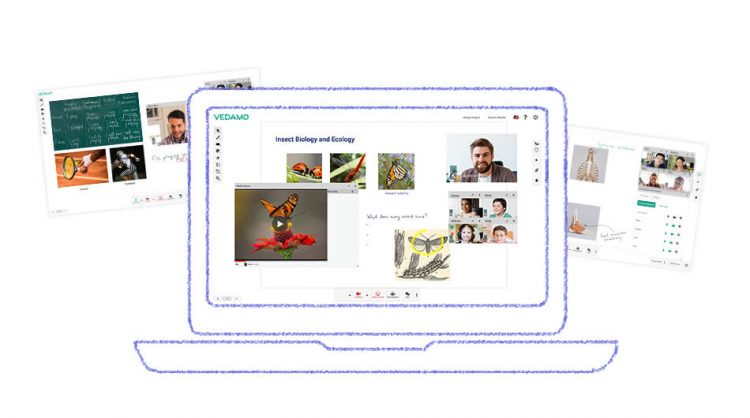At the end of February 2021, the House approved additional funding in the amount of $130 billion for K-12 schools. The Senate is currently debating the bill and it may be sent to President Biden’s desk for his signature by mid-March. Like with the CARES and the Relief and Recovery Acts, schools will receive the money through the Elementary and Secondary School Emergency Relief (ESSER) Fund.
At the end of 2020, the US Congress reached an agreement on a relief package in the amount of approximately $900 billion concerning the COVID-19 pandemic. For education specifically, the US Department of Education will receive approximately $82 billion for the Education Stabilization Fund for three purposes:

- $22.7 billion will go towards Higher Education
- $4.1 billion – Governor’s Emergency Education Relief Fund
- $54.3 billion – Elementary and Secondary Schools Emergency Relief (ESSER)
School districts will receive ESSER funding from their State Education Agency (SAE). The allocation is based on each school district’s eligibility for Title I, Part A funding (See the ESSER II Methodology and Allocation Table).
State Education Agencies (SEAs) are not required to submit an additional application to receive their ESSER II award. States with a previously approved CARES Act application will receive funding from the U.S. Department of Education (USDE). Funds will be allocated to states using this formula: 60% based on the relative size of the population in the 5-24-year-old age group and 40% based on the relative number of children in the 5-17-year-old age group. SEAs will identify the K-12 institutions that have been most significantly impacted by the emergency.
This funding needs to be used by September 2023.
The money may be invested in technology infrastructure and professional development in order to provide high quality, accessible, distance education or remote learning. These may include:
- Purchase of hardware and software for digital learning, focused professional development, and other staff capacity building.
- Addressing the specific needs of disadvantaged students, including those living in poverty, learning English, experiencing homelessness, dealing with disabilities, or living in foster care.
- Purchasing hardware and software needed to conduct remote and hybrid learning.
How does VEDAMO fit in with these programs?

VEDAMO Virtual Classroom is an online platform for live collaborative lessons. It combines multi-peer videoconferencing with screen sharing, an interactive whiteboard with document editor, break-out rooms, and a synchronized media player. It was purpose-built for the needs of education and is a perfect solution for online, blended, and hybrid teaching and learning. It is integrated with all of the leading LMS platforms and has a rich set of features and tools that make learning engaging. Online lessons in VEDAMO boost student motivation through interaction and gamification. Classroom management is easy as the teacher controls the students’ actions in the virtual classroom thanks to specifically designed settings including a simple view-only mode, participant permissions for using the online whiteboard, and distraction notifications. Lesson preparation time can be reduced by creating and sharing content templates. There are also features for monitoring and downloading session recordings that help improve the quality of teaching and support continuous professional development.
